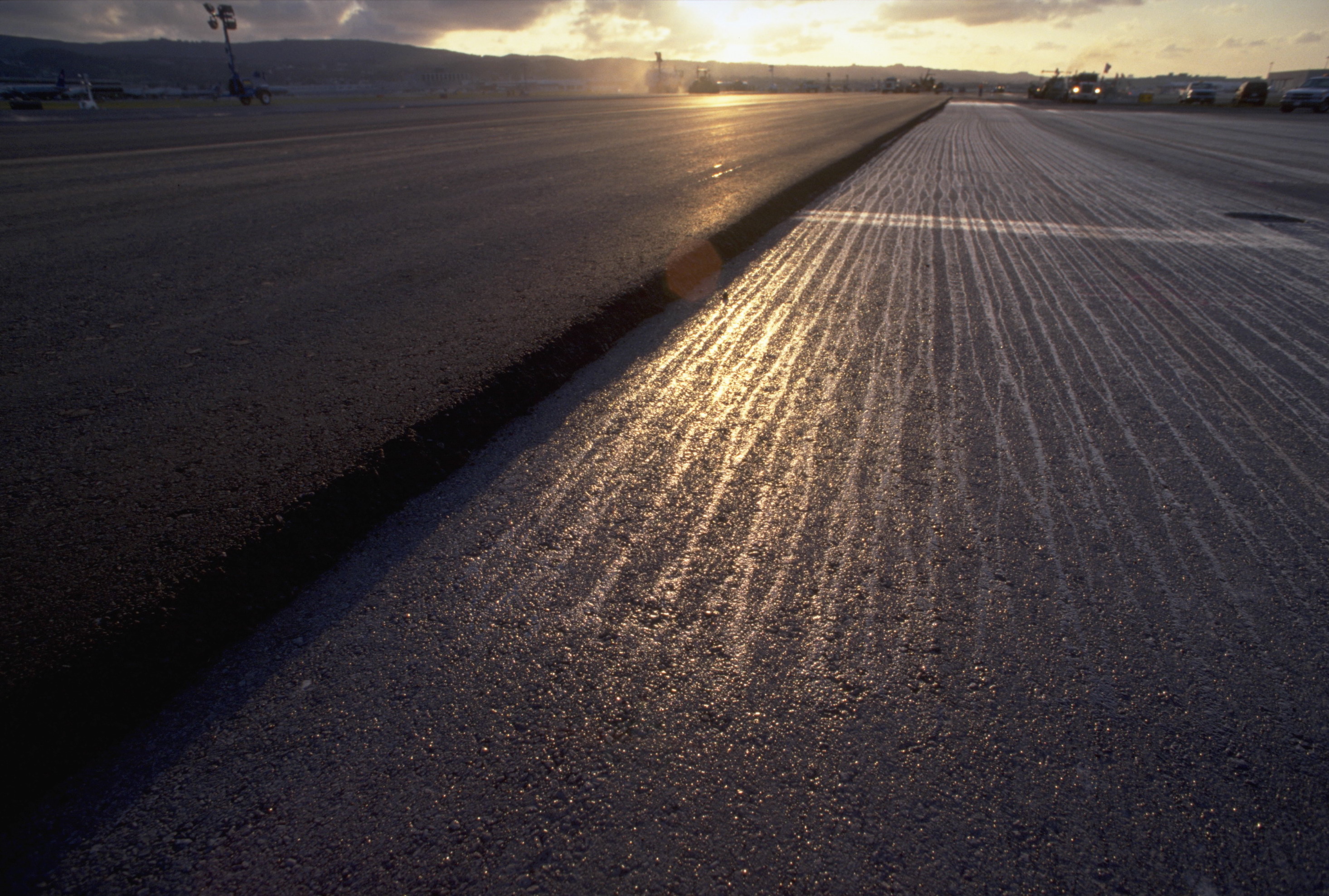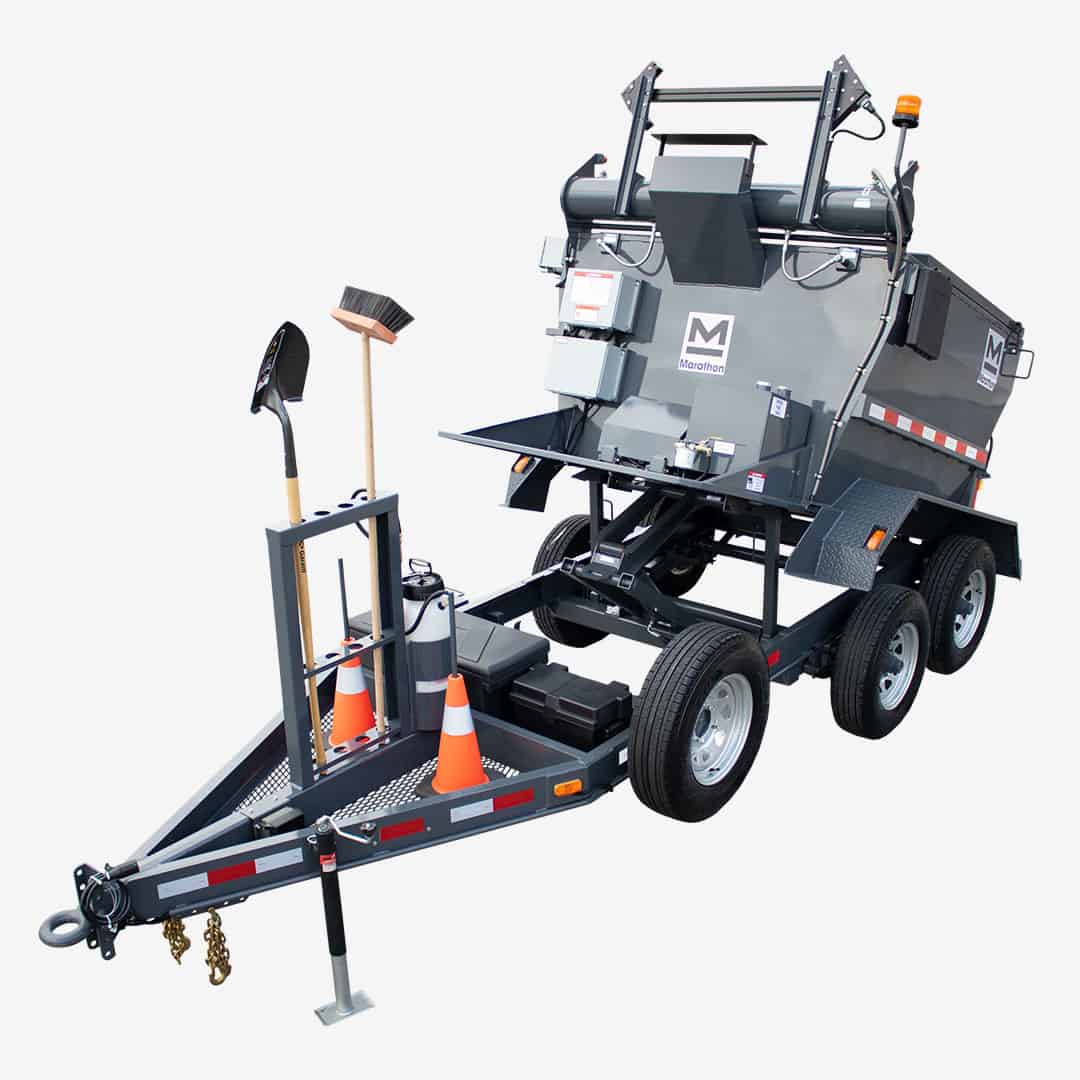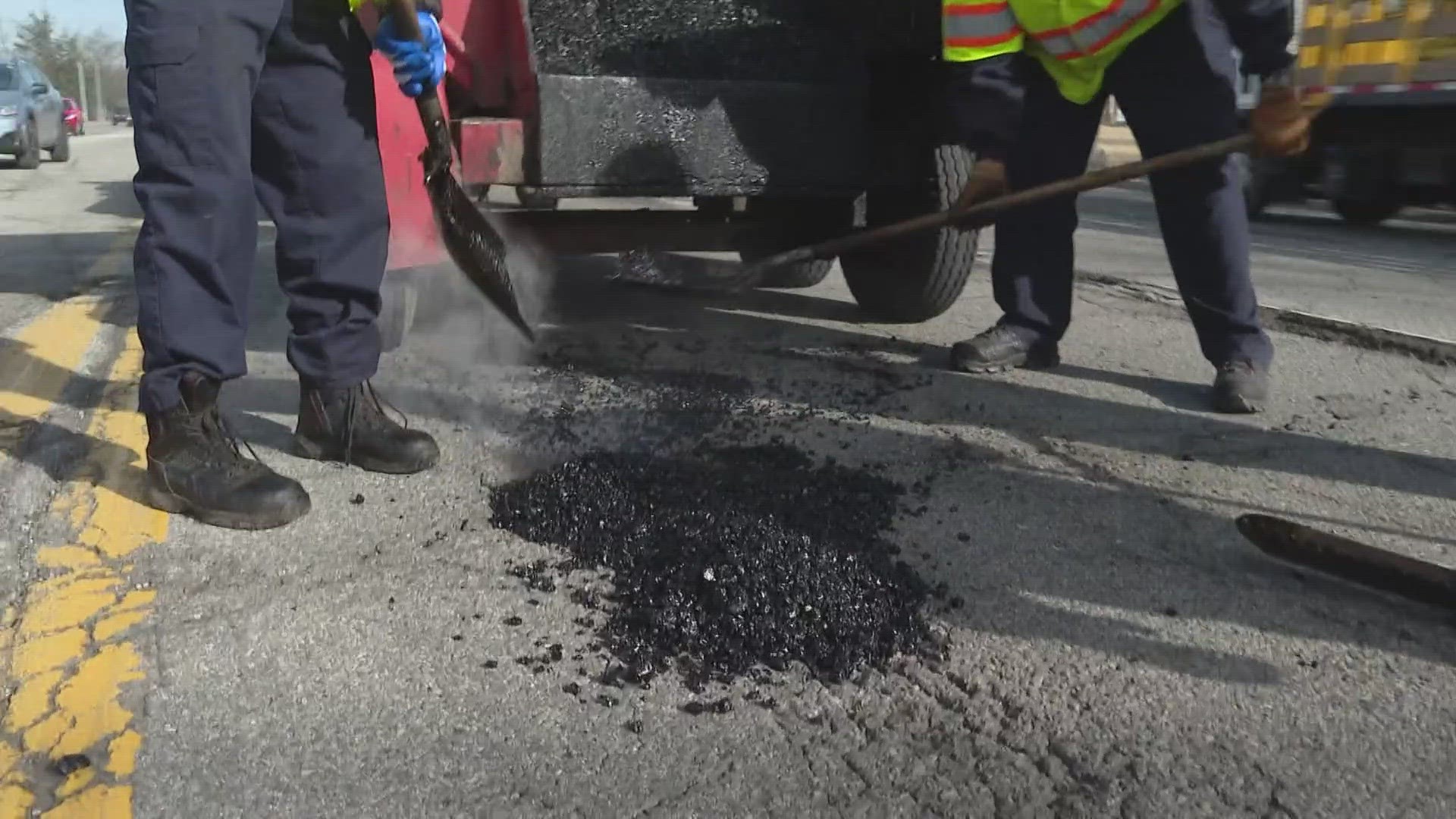Hot Mix Asphalt: The Foundation for Safe and Secure Angled Parking Lots
Unlocking the Keys of Hot Mix Asphalt Innovation
Checking out the midsts of warm mix asphalt innovation reveals a world where accurate formulas and precise procedures assemble to shape our roadways and facilities. The combination of accumulations, fillers, and binders isn't simply a building task but a strategic orchestration of toughness and efficiency. As we peer into the detailed dance of components, a tapestry of resilience and sustainability unfolds. What lies below this surface of asphaltic proficiency, and what keys wait to be introduced in the world of leading advancements?
Relevance of Warm Mix Asphalt
Warm Mix Asphalt plays a critical role in modern infrastructure advancement due to its toughness and cost-effectiveness. As the most generally made use of leading product for roadways, freeways, and parking lots, Hot Mix Asphalt offers a range of benefits that add to its importance in construction projects.
The toughness of Hot Mix Asphalt stems from its structure, which includes accumulations, binder, and filler products that are thoroughly chosen and blended to fulfill details efficiency demands. On the whole, the relevance of Hot Mix Asphalt in facilities growth can not be downplayed, as it continues to be a foundation of contemporary building practices.
Components of Asphalt Mixes
The composition of asphalt blends consists of meticulously chosen aggregates, binder, and filler products that are important for attaining specific efficiency requirements. Accumulations are the main part of asphalt mixes, providing toughness and stability. The binder, commonly bitumen or asphalt cement, holds the accumulations together and offers adaptability and resilience to the mix.
The combination and percentage of these elements play a significant role in identifying the quality and performance of the asphalt mix. Designers carefully make the mix to fulfill certain requirements, thinking about aspects like traffic quantity, climate conditions, and sidewalk life expectancy. Correct selection and harmonizing of aggregates, binder, and fillers are crucial for creating resilient, lasting asphalt sidewalks.
Mixing and Manufacturing Methods

As soon as the accumulations are chosen, the binder, frequently asphalt cement, is contributed to bind the products together. The binder's top quality and quantity considerably influence the mix's stamina, versatility, and resistance to ecological variables. Furthermore, fillers like hydrated lime or Portland concrete may be incorporated to enhance particular features of the asphalt mix, such as its workability or wetness resistance.
Throughout manufacturing, the aggregates and binder are heated, usually in between 250-325 ° F(121-163 ° C ), to help with mixing and make certain correct finish of the aggregates. The mixing procedure needs to be extensive to achieve an uniform blend that promotes the wanted performance characteristics of the asphalt. Numerous techniques, such as batch blending or drum blending, are employed to accomplish constant and high-quality asphalt blends for building and construction tasks.
Elements Influencing Asphalt Performance
Variables affecting asphalt performance include a variety of variables that affect the toughness, longevity, and total quality of asphalt sidewalks. One key aspect is the quality of products utilized in the asphalt mix.

Style factors to consider, such as pavement density and water drainage, are vital in making sure the lasting performance of the asphalt sidewalk. By carefully considering these elements, engineers and professionals can enhance asphalt efficiency and boost the service life of like it pavements.
Sustainable Practices in Asphalt Innovation

WMA allows for the manufacturing and positioning of asphalt blends at reduced temperature levels contrasted to conventional hot-mix asphalt, resulting in minimized energy intake and greenhouse gas emissions. The use of permeable asphalt blends can aid minimize stormwater runoff problems by enabling water to penetrate directory through the pavement and right into the ground, advertising all-natural water filtration and reenergize procedures.
Verdict
Finally, warm mix asphalt modern technology plays a vital function in modern infrastructure growth due to its resilience and cost-effectiveness. By thoroughly balancing elements, utilizing correct blending techniques, and considering various elements, engineers can create high-quality asphalt blends that withstand rush hour tons and extreme climate problems. Embracing lasting methods, such as utilizing recycled materials and warm-mix technologies, additionally enhances the ecological friendliness of asphalt modern technology.
Blending and manufacturing strategies in warm mix asphalt technology entail the accurate combination and handling of accumulations, binder, and fillers to produce a resilient and high-performance asphalt mix.Variables affecting asphalt performance encompass a range of variables that impact the toughness, durability, and general high quality of asphalt pavements. Lasting techniques in asphalt technology include numerous campaigns intended at lowering the ecological influence of asphalt production and paving procedures. By including redeemed asphalt pavement (RAP) and recycled asphalt tiles (RAS) into new asphalt blends, the market can dramatically minimize the intake of raw materials and energy, while also decreasing landfill waste.
WMA enables for the production Check This Out and placement of asphalt mixes at reduced temperatures compared to traditional hot-mix asphalt, resulting in decreased power usage and greenhouse gas exhausts.